Music
Wendy Carlos: Trans Woman, Kubrick Collaborator, and Synth-Music Pioneer
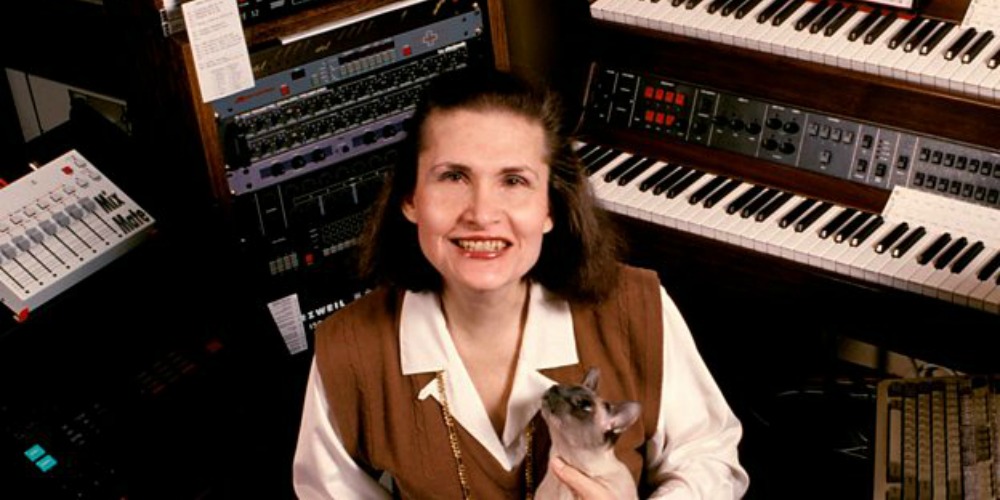
***Author’s note: Wendy Carlos: Trans Woman, Kubrick Collaborator, and Synth-Music Pioneer is a part of iHorror’s Horror Pride Month series which seeks to inform, educate, and shine a spotlight on the LGBTQ creatives who have helped shape the genre.***
Wendy Carlos was destined to be a musician. Her mother was a piano teacher, and her uncles played a variety of instruments. By the age of six, she had begun studying piano and at ten composed her first piece of music, “A Trio for Clarinet, Accordion, and Piano.”
In her teenage years, Wendy branched out and became interested in the growing world of electronics and computers, winning a competition for a home-built computer in high school, but music was still in her soul and she continued to play and compose.
She entered Brown University and emerged with degrees in music and physics and later attained a Master’s Degree in Music Composition from Columbia University. During her studies, she had begun teaching lessons in electronic music, a decision that would play a role in shaping her future career and the rest of her life.
It was during her time at Columbia, that Carlos met Robert Moog, a pioneer in electronic music who was developing an analog music synthesizer. Carlos was fascinated with Moog’s work and joined him in his project, developing the first Moog synthesizer and the many iterations that would follow.
Carlos began using one of these synthesizers to compose advertising jingles and was soon making a name for herself in the field when she met Rachel Elkind, a former singer who was working as a secretary for the head of Columbia Records.
The two became instant friends and collaborators and in 1968, the first album from that collaboration was released upon the world. It was called Switched-On Bach, and it became an unexpected success in the world of music. The album sold over one million copies and Carlos’ days of anonymity were over and it was little surprise that the film world came calling.
It seems that Stanley Kubrick had been a fan of Carlos’ work and asked her to compose music for his upcoming film, A Clockwork Orange. Carlos and Elkind began work and had soon produced a number of pieces pairing synthesized tracks with the work of classical composers. The score was heralded as a masterpiece and it seemed the Carlos’ reputation was assured.
Suddenly, however, she completely fell of the map. No one knew why, though stories and rumors abounded.
The truth was that Wendy had been known her entire life as Walter, and she could no longer live the lie of her birth-assigned gender. She had already begun hormone replacement therapy by the time she was working on A Clockwork Orange, and her physical appearance had begun to change. For her, it was time to take the steps to transform her outer form to the person she’d been inside her entire life.
To say that this process was shocking in the 1970s would be putting it mildly. Even today, society at large pushes back daily against the transgender community. When Walter re-emerged as Wendy, tongues wagged and former professional acquaintances distanced themselves.
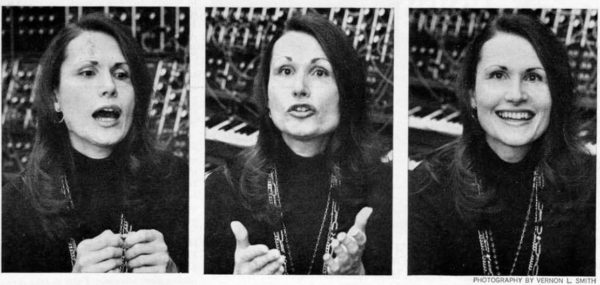
Photos of Wendy Carlos that accompanied the 1979 Playboy Interview. (Photos by Vernon Wells)
To set the record straight, the somewhat reclusive Carlos gave an in depth series of interviews with Playboy magazine which would be assembled and published in 1979. It was the first time Wendy had fully and publicly told her story and she had a lot to say.
“Well, I’m scared. I’m very frightened,” Carlos told interviewer Arthur Bell. “I don’t know what effect this is going to have. I fear for my friends; we’re going to become targets of those who judge what I’ve done as, in moral terms, evil, and in medical terms, sick–an assault on the human body.”
Carlos seemed to overcome some of those fears even as she discussed them with her interviewer, however. She explained her early dypshoria with her body which began at five or six years old, and expressed her unhappiness with the term “transsexual,” the common terminology at the time for her identity.
“I wish the word transsexual hadn’t become current,” she explained. “Transgender is a better description because sexuality per se is only one factor in the spectrum of feelings and needs that let me to this step.”
What is perhaps most telling in that interview, however, is when Carlos digs deep into the secrecy that had shrouded her life before, even while she was working with Kubrick on A Clockwork Orange. She had already been on HRT for three years at the time and she admits that she became a mystery to the enigmatic and demanding director.
“It was no big deal in the beginning,” she pointed out. “Later on he began to notice it a little more, and he would talk about somebody he knew who was gay, trying to feel out if I were gay. I’d give him an enigmatic answer suggesting I wasn’t, and he’d be even more disturbed. On the last couple of days he shot a lot of pictures of me with his little Minox camera. He must have found me an interesting person to say the least.”
Regardless of what Kubrick thought of Carlos at the time, he appreciated her music. Several months after the interview was published, Carlos found herself working again on a Kubrick production. This time, it was The Shining.
Kubrick cobbled together the music of several avant-garde composers for the film, but it was Carlos who composed its haunting title theme based on Berlioz’s “Dies Irae” from the Symphonie Fantastique.
The piece is one of the most recognizable and iconic horror themes to this day. It’s ambient strains and mysterious sounds are chilling and evocative, coaxing us into the cold journey of the film with alacrity.
Soon after, she found herself working on the score for Walt Disney’s Tron which seemed a perfect fit for her exceptional talent and hybrid compositions.
Throughout the 80s, she would continue to compose, releasing three albums during the decade though her film work began to diminish during this time. She collaborated with Weird Al Yankovic on a re-imagining of Peter and the Wolf which won a Grammy Award and continued to push the limits of what synthesized music could achieve.
By the 90s, her film work was almost non-existent, and while she continued to compose her interests expanded to other arts. She became an eclipse chaser and has become well-known for her photography of solar eclipses with some of her work appearing on NASA’s official websites.
Today, at almost 80 years old, Carlos is still recognized as the innovator she has always been. Her music has chilled us to our core, her photography has set our sights upon the heavens, and her personal story of coming out and transition is an inspiration to the LGBTQ community.
Listen to the 'Eye On Horror Podcast'

Music
“The Lost Boys” – A Classic Film Reimagined as a Musical [Teaser Trailer]
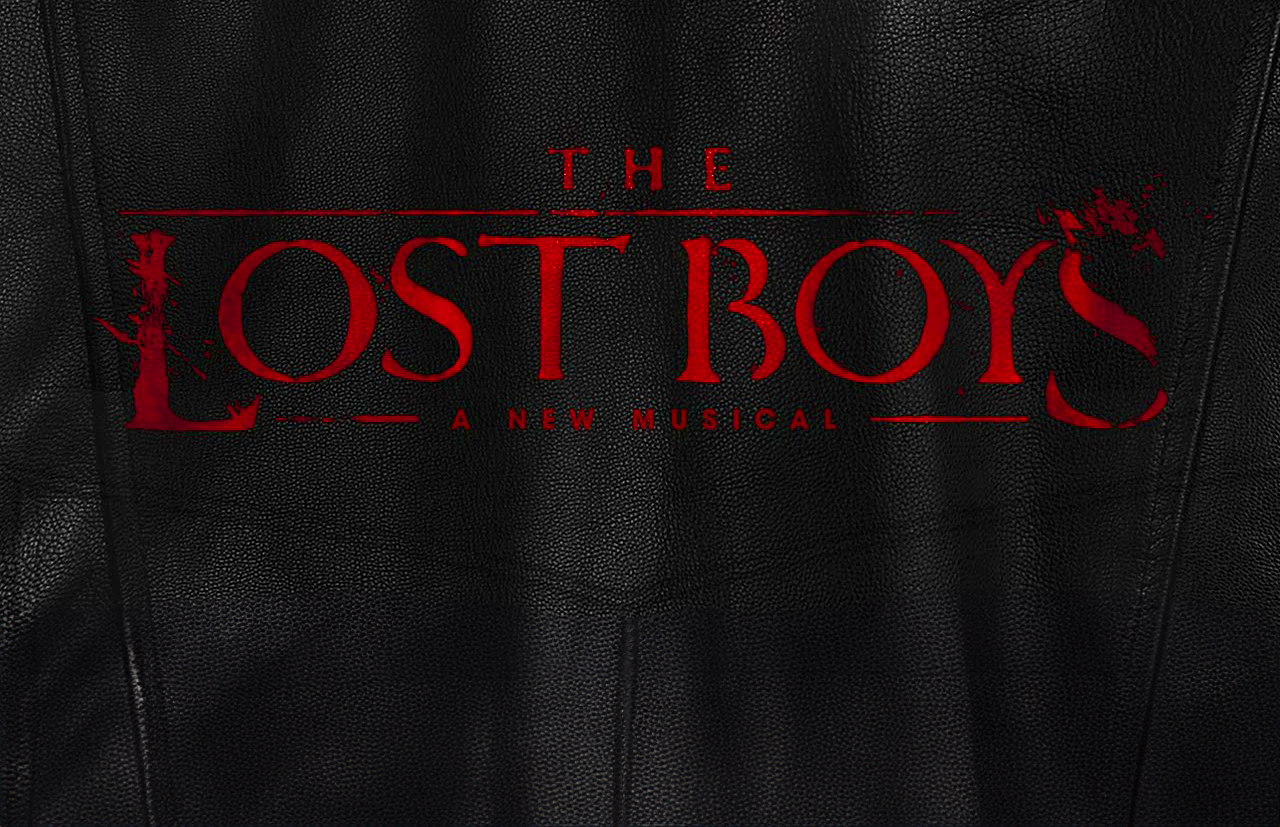
The iconic 1987 horror-comedy “The Lost Boys” is set for a reimagining, this time as a stage musical. This ambitious project, directed by Tony Award winner Michael Arden, is bringing the vampire classic to the world of musical theatre. The show’s development is spearheaded by an impressive creative team including producers James Carpinello, Marcus Chait, and Patrick Wilson, known for his roles in “The Conjuring” and “Aquaman” films.
The musical’s book is penned by David Hornsby, notable for his work on “It’s Always Sunny in Philadelphia”, and Chris Hoch. Adding to the allure is the music and lyrics by The Rescues, comprised of Kyler England, AG, and Gabriel Mann, with Tony Award nominee Ethan Popp (“Tina: The Tina Turner Musical”) as the Music Supervisor.
The show’s development has reached an exciting phase with an industry presentation set for February 23, 2024. This invitation-only event will showcase the talents of Caissie Levy, known for her role in “Frozen,” as Lucy Emerson, Nathan Levy from “Dear Evan Hansen” as Sam Emerson, and Lorna Courtney from “& Juliet” as Star. This adaptation promises to bring a fresh perspective to the beloved film, which was a significant box office success, earning over $32 million against its production budget.
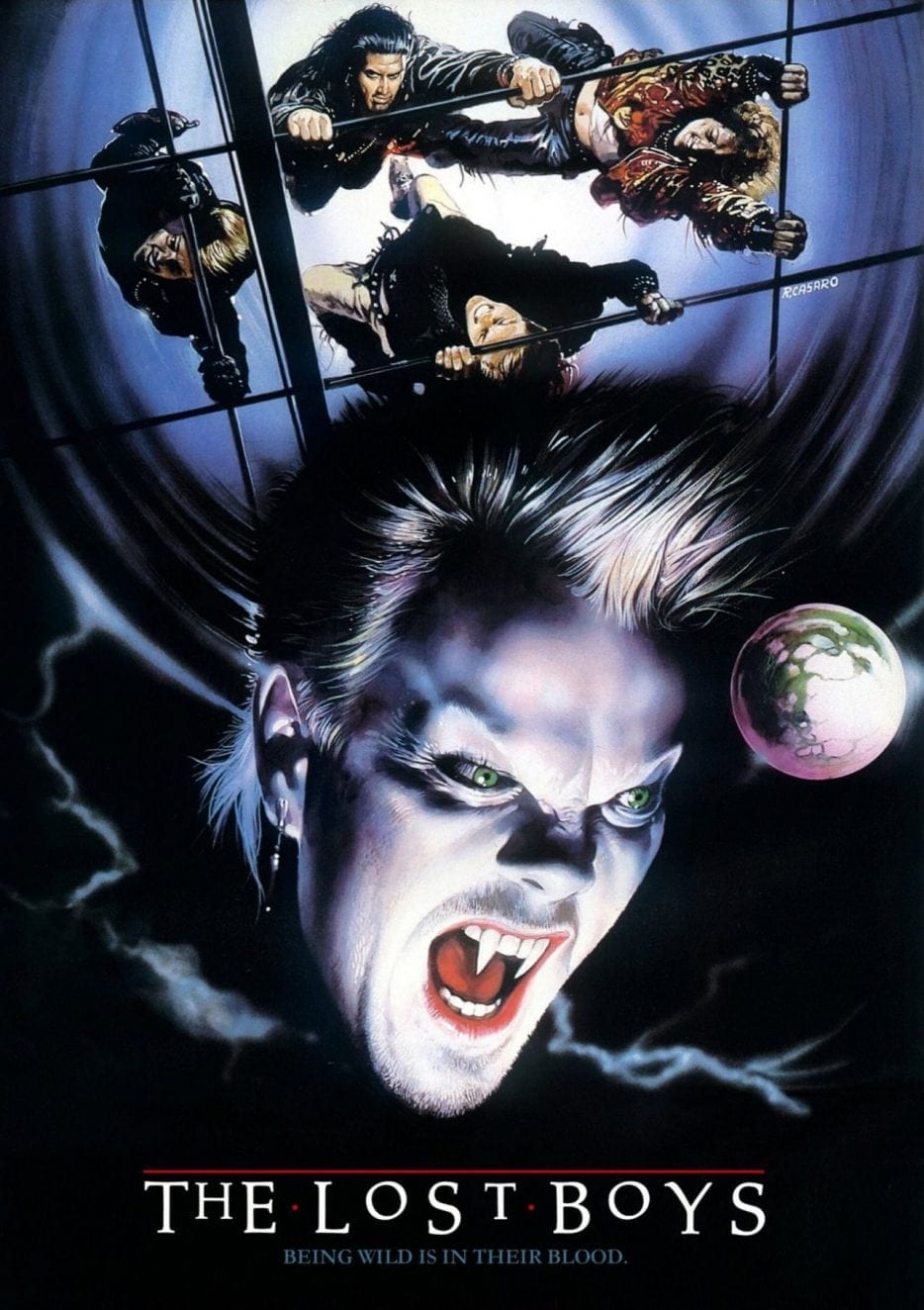
Listen to the 'Eye On Horror Podcast'
Movies
Rock Music & Goopy Practical Effects in ‘Destroy All Neighbors’ Trailer
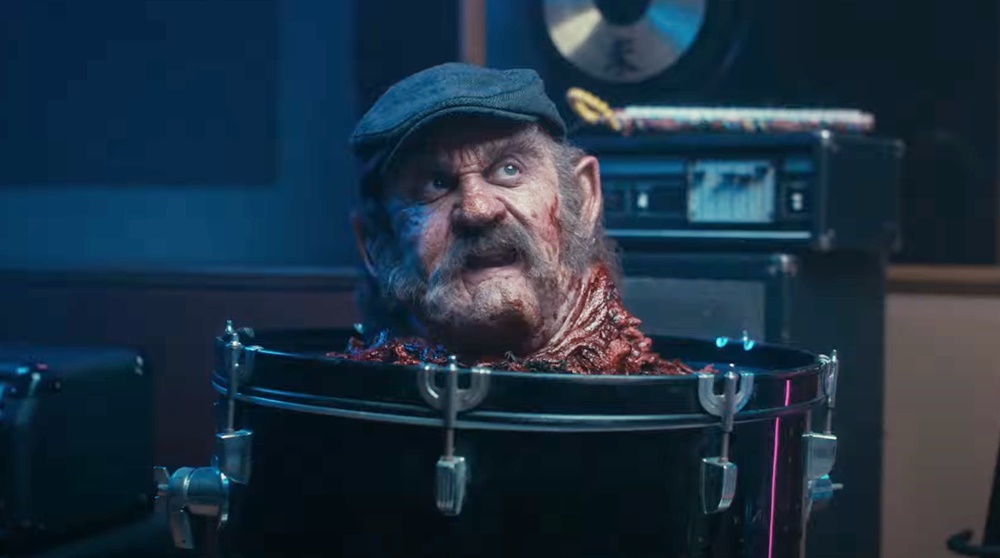
The heart of rock and roll is still beating in the Shudder original Destroy All Neighbors. Over-the-top practical effects are also alive in this release coming to the platform on January 12. The streamer released the official trailer and it has some pretty big names behind it.
Directed by Josh Forbes the movie stars Jonah Ray Rodrigues, Alex Winter, and Kiran Deol.
Rodrigues plays William Brown, “a neurotic, self-absorbed musician determined to finish his prog-rock magnum opus, faces a creative roadblock in the form of a noisy and grotesque neighbor named Vlad (Alex Winter). Finally working up the nerve to demand that Vlad keep it down, William inadvertently decapitates him. But, while attempting to cover up one murder, William’s accidental reign of terror causes victims to pile up and become undead corpses who torment and create more bloody detours on his road to prog-rock Valhalla. Destroy All Neighbors is a twisted splatter-comedy about a deranged journey of self-discovery full of goopy practical FX, a well-known ensemble cast, and LOTS of blood.”
Take a look at the trailer and let us know what you think!
Listen to the 'Eye On Horror Podcast'
Movies
A Boy Band Kills Our Favorite Reindeer in “I Think I Killed Rudolph”
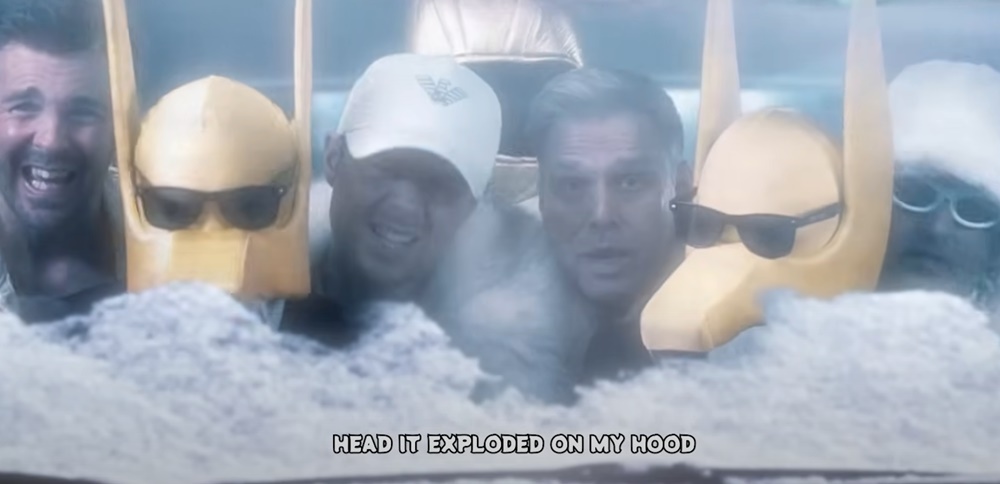
The new movie There’s Something in the Barn seems like a tongue-in-cheek holiday horror movie. It’s like Gremlins but bloodier and with gnomes. Now there is a song on the soundtrack that captures the humor and horror of the movie called I Think I Killed Rudolph.
The ditty is a collab between two Norwegian boy bands: Subwoofer and A1.
Subwoofer was s Eurovision entrant in 2022. A1 is a popular act from the same country. Together they killed poor Rudolph in a hit-and-run. The humorous song is a part of the film which follows a family fulfilling their dream, “of moving back after inheriting a remote cabin in the mountains of Norway.” Of course, the title gives away the rest of the movie and it turns into a home invasion — or — a gnome invasion.
There’s Something in the Barn releases in cinemas and On Demand December 1.
Listen to the 'Eye On Horror Podcast'
-

 News3 days ago
News3 days agoThis Horror Film Just Derailed a Record Held by ‘Train to Busan’
-
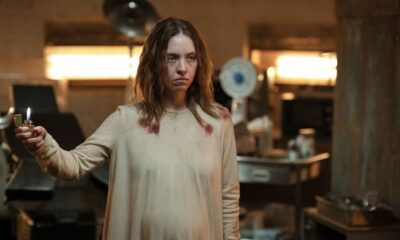
 Movies3 days ago
Movies3 days agoWatch ‘Immaculate’ At Home Right Now
-

 News4 days ago
News4 days agoRead Reviews For ‘Abigail’ The Latest From Radio Silence
-

 News2 days ago
News2 days agoHome Depot’s 12-Foot Skeleton Returns with a New Friend, Plus New Life-Size Prop from Spirit Halloween
-

 News4 days ago
News4 days agoMelissa Barrera Says Her ‘Scream’ Contract Never Included a Third Movie
-
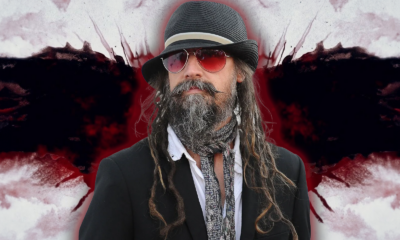
 Editorial5 days ago
Editorial5 days agoRob Zombie’s Directorial Debut Was Almost ‘The Crow 3’
-

 News1 day ago
News1 day agoWoman Brings Corpse Into Bank To Sign Loan Papers
-

 News3 days ago
News3 days agoA24 Joins Blockbuster Movie Club With Their Biggest Opening Ever
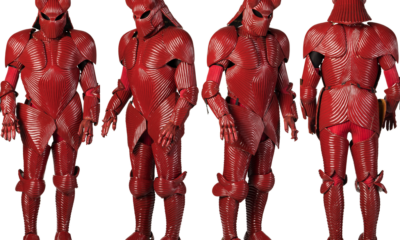

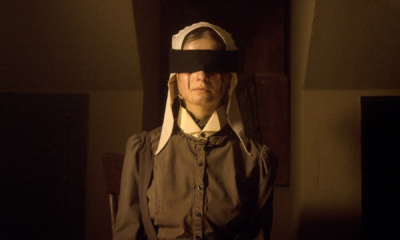

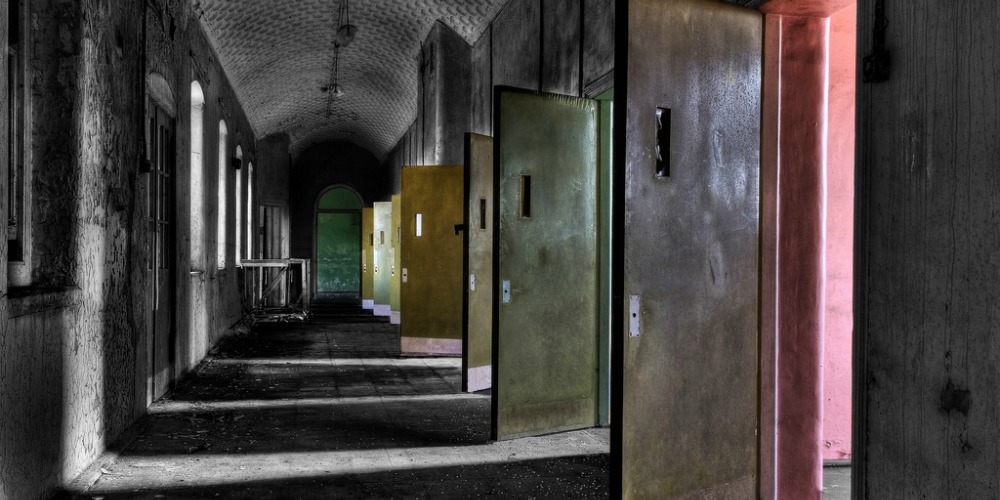






















You must be logged in to post a comment Login